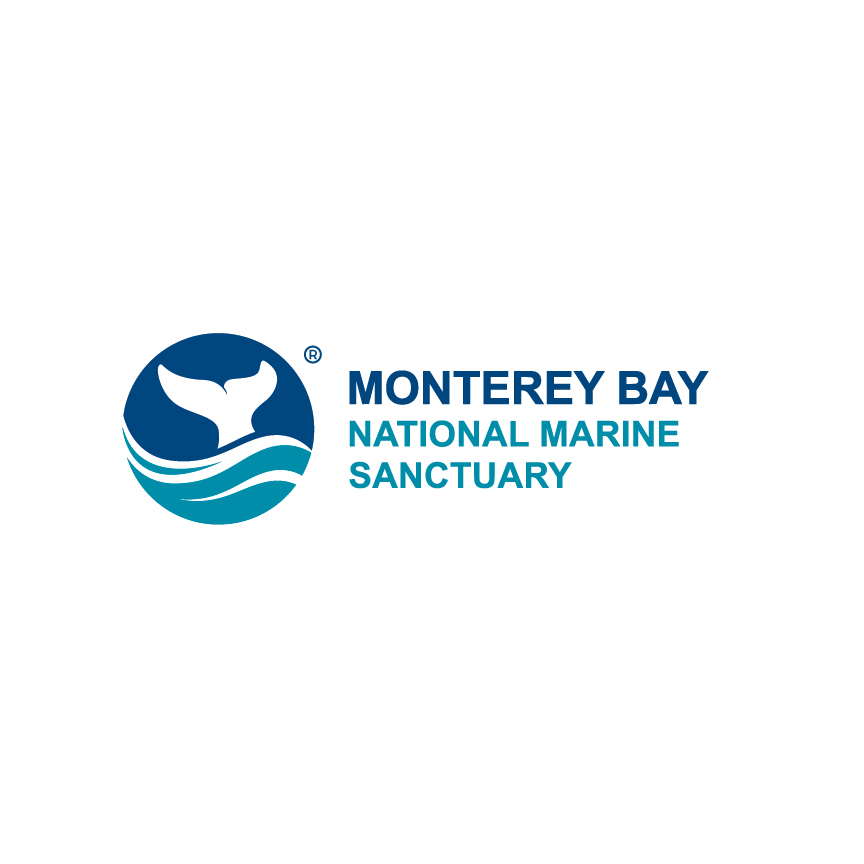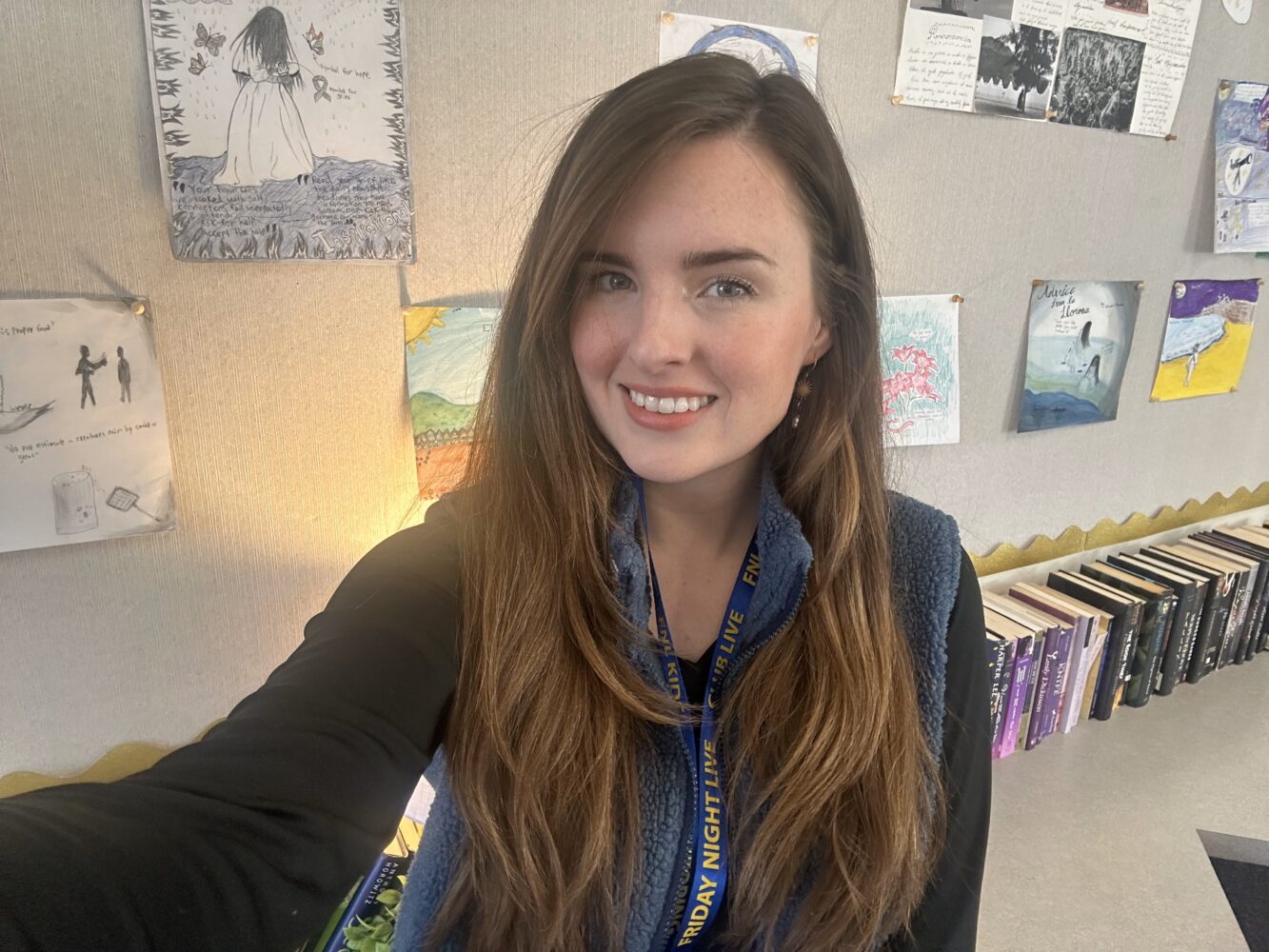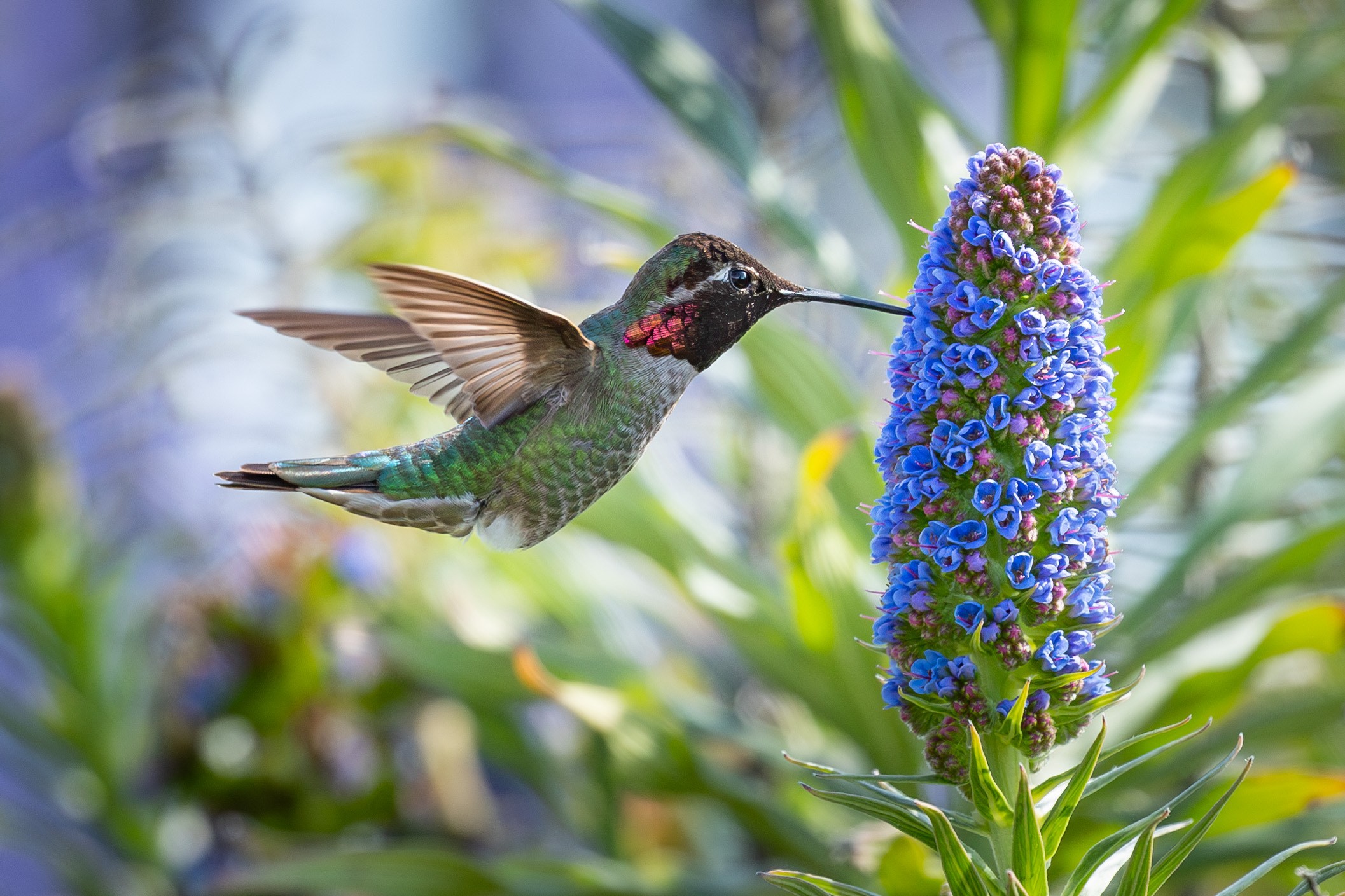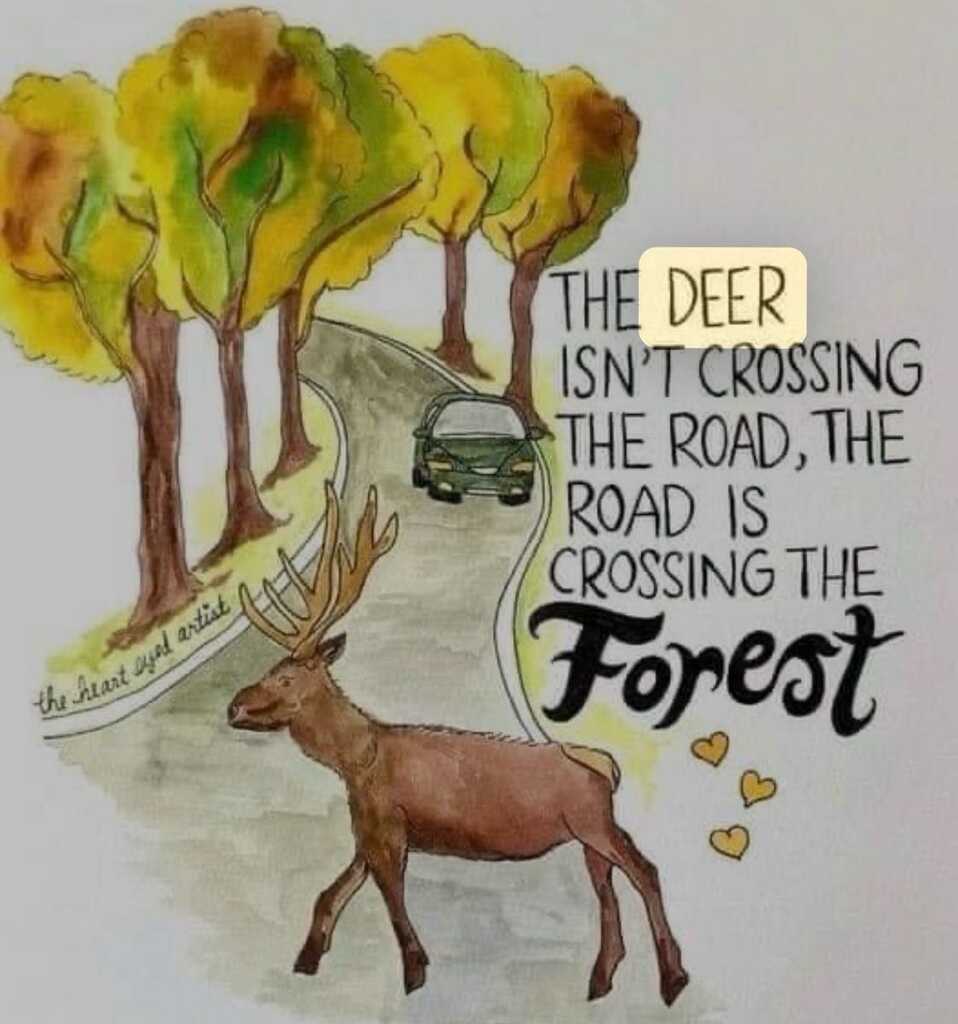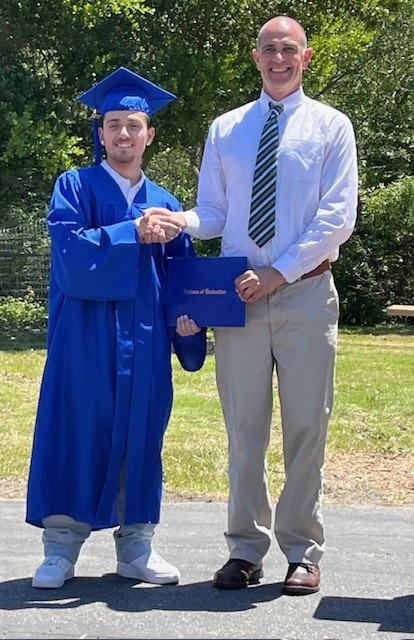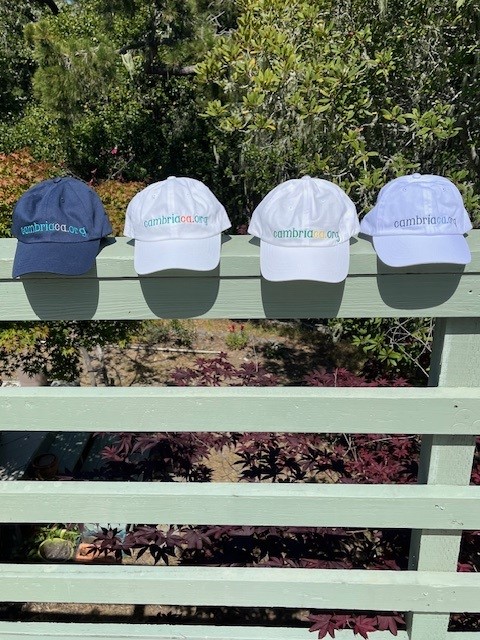By CHRISTINE HEINRICHS
May 15–Sophia Anderson’s sophomore English classes at Coast Union High School got an energetic launch on their final class project by Christine Heinrichs, who spoke to them on marine conservation. Their project, written in groups of three or four, will tackle marine issues, such as plastic pollution, ocean acidification, and ocean warming.
Heinrich, who is the San Luis Obispo At-Large member of the Monterey Bay National Marine Sanctuary Advisory Council, explained the protection of Cambria’s coastline under the MBNMS. Cambria sits at the far south end of the sanctuary, which extends from the waters off Cambria to north of San Francisco.
The MBNMS Advisory Council will meet in Carmel Valley on May 23, and is open to the public in person and remotely. Usually, the council holds its May meeting in Cambria so that members can understand Cambria’s coastal and ocean issues. That site visit was cancelled in the recent Department of Government Efficiency cuts, which suspended all travel funds. Unfortunately, that eliminated the council members’ opportunity to see for themselves how Cambria fits into the national marine sanctuary.
At the meeting, the council will approve the final wording of a letter of recommendations to sanctuary leadership and legislators who are currently considering legislation on battery storage plants. The council held a special meeting in April to review the effects of January’s Moss Landing Ion-Battery fire. Reports from several agencies involved data collected showing heavy metals, specifically cobalt, nickel, and magnesium in the soil and water. Metal contamination can enter plants and animals in this agricultural area and wildlife watershed.
Battery storage plants play a role in stabilizing the renewable energy grid. “This remains an ongoing collaborative effort to better understand and manage battery plant fires and the aftermath of the heavy metals and toxins in the environment,” the minutes of the meeting reported.
The council will also hear a report on the economic contributions of commercial whale watching and get an update on the progress of voluntary vessel speed reduction on whale conservation.
Sean Hastings, founder of Blue Whales, Blue Skies, explained how slowing down ships reduces ship strikes on whales and reduces air pollution in his MBNMS Discover Your Sanctuary talk. He concluded that handwritten letters from the public influence shipping company executives. “Direct outreach to the shipping lines and importers and exporters has really had impact,” he said. “Sending a note saying, Thanks for slowing down, or, if they are not in the program, There’s a program you can get into, and share in the recognition for doing so. It does work.” His talk is archived here at: https://sanctuaries.noaa.gov/education/teachers/webinar-series-archives.html.

